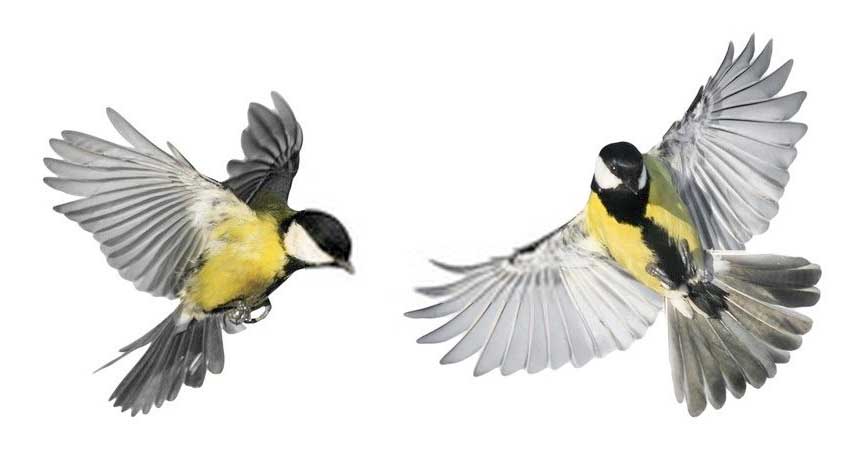This section relates the main natural habitats of the Route as it passes through the four autonomous communities through which it runs, and the main birds associated with them. To download the full Ornithology Guide click here.

Asturias
In this land the high mountain and the sea are shaken hands. The Cantabrian Sea bathes the coast of the Principality while inland, less than 55 km from the coast, rise, impressive mountains. From the high mountain to the coast the different habitats of Asturias allow fans of ornithological tourism to contemplate species of great interest:
Castilla y León
The Autonomous Community of Castilla y León has an area of 94,142 km2 and is located in the interior of the northwest quadrant of the Iberian Peninsula, south of Asturias and Cantabria. Its enormous extent involves a wide variety of ecosystems, counting the region with an excellent representation of various ornithological communities such as stepperias, rupícolas, alpines or forests:
Extremadura
Formed by the provinces of Cáceres and Badajoz, and bordering Portugal, with an area of 41,602 km2, it is traveled entirely from north to south along the Via de la Plata Route. Its main attraction is based on the relative good state of conservation of its habitats such as the Mediterranean forest and scrub, pastures, pseudo-steppes and rivers, and landscape diversity resulting in exceptional bird variety:
Andalucía
Andalusia is located at the crossroads between two seas, the Mediterranean Sea and the Atlantic Ocean, and two continents, Europe and Africa. The privileged biogeographical situation and the high ecological diversity has given it an exceptional ornithological richness. In the European context, there is no other place that brings together, like Andalusia, such a number of species of flora and fauna.
